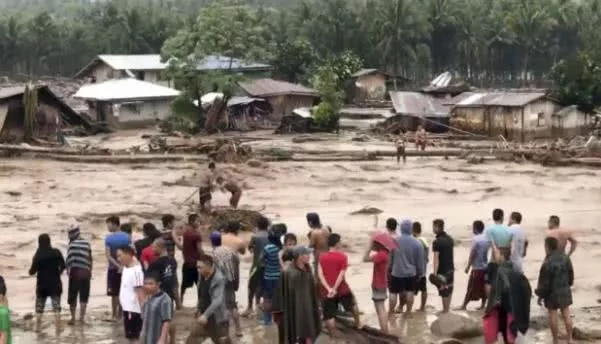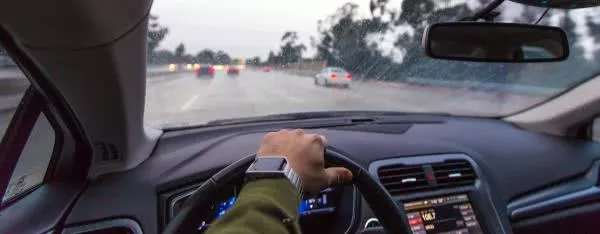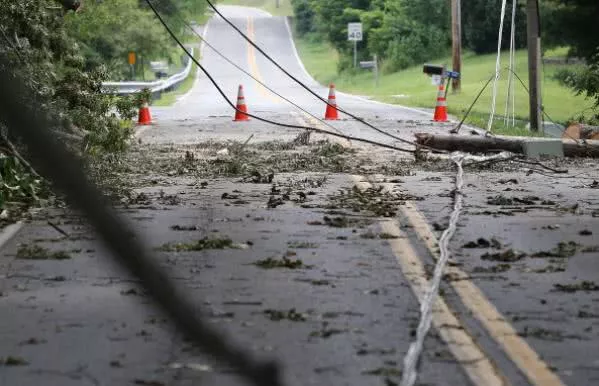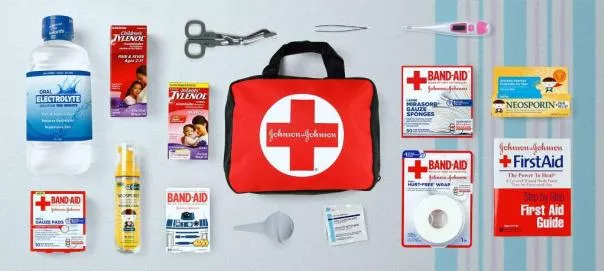According to latest news, up to present, the severe tropical storm Vinta has taken away more than 120 of lives, leaving hundreds of families in the country devastated. Although the storm already exited the Philippines, it does not mean that danger is over.
Getting outside right after a serious hurricane is absolutely not a good idea. However, there are times when you just cannot avoid doing so. When that is the case, make sure you always pay extra caution and bear in mind important safety tips for driving after a typhoon.

Mindanao after typhoon Vinta
Here are 5 post-storm driving tips that Philkotse.com recommends you to follow in order to be well-prepared both physically and mentally and arrive to your destination safe and sound.
>>> Click for more handy tips for car ownership
1. Slow down & Watch out for pedestrians
Road conditions after a severe storm are usually seriously damaged. There might be a lot of broken pieces of glass on the road, low-hanging branches, downed power lines and damaged overpasses. You might also drive through many intersections without traffic lights and drivers can easily get distracted.
That is why you are recommended to keep speeds low and be extra patient. Everyone living in the storm-affected area has been through a stressful time so remember to be kind to others and travel slowly to take control of any unexpected obstacles.

Remember to slow down and be extra patient while driving after a hurricane
Furthermore, it is also important to watch out for pedestrians because people tend to get out to walk around their neighborhood to check in on their friends and assess surrounding damage. Pavements might get blocked because of fallen trees so pedestrians are more likely to walk on roadways with less caution.
2. Don’t drive over downed power lines
It is of utmost importance to stay away from fallen trees and downed power lines. While it might look harmless to drive under a tree that is resting quietly across power lines, there is still high possibility that a strong wind could blow an unnoticed wire into contact with your vehicle if you stay too close to the area. Besides, you cannot tell whether a power line is electrified and even it is a “dead” one, it still can become live again anytime once power to the area is restored.

Don’t ever driver over fallen trees and downed power lines
In case your car does make contact with an electrical line, stay in the vehicle and call for emergency. If you must get out for safety reasons, jump clear of the vehicle in one hop. Never let your body touch the ground and the car at the same time. Once you already get yourself outside, stay away from the car at least 30 meters by taking small shuffling steps.
3. Always stay informed & Save all hotline numbers
The first thing to do before driving down the street is to check for weather updates and road conditions by tuning your car radio to local stations. Being informed always save you from a lot of unnecessary troubles.
If it is impossible to get an AM/FM radio signal, bring your digital hand-crank radio instead. Make sure you already save all hotline numbers for emergencies to your contact list and keep your friends and relatives updated with your location during the drive.
Also, check out our post for 6 must-have apps for Pinoy drivers.
4. Never risk to drive through standing water
How to Drive in Heavy Rain | Extreme Weather Driving Tips | Ford
In many regions, floods can cause more casualties than other natural disasters. According to statistics from the US, the majority of flood-related drowning are resulted from a vehicle trying to drive through standing water.
Driving through floodwaters, even the shallow ones, can still lead to serious consequences, particularly:
- 15 cm of water, which is said to be able to reach the bottom of most passenger cars, can lead a car to stall of lose control
- 30 cm of water can float a number of vehicles
- 60 cm of water can float a large vehicle such as a bus, truck or SUV
Therefore, it is advisable to stay clear of floodwaters, even if it may look not that deep, and choose alternate routes to your destination.
5. Have an emergency kit in your car
In fact, this is not only necessary as a safety tip for driving after a typhoon because misfortunes might happen anytime. In any cases, you are always highly recommended to keep an emergency kit with some must-have items such as first aid kit, warm clothes, water, and flashlight in your car. You can find 8 essential things that Philkotse.com suggests drivers to keep in their car here.

First-aid items for safety
And last but not least, if your car unluckily gets broken by the hurricane, call your insurance company and show them visual evidence of how the damage occurred.
We hope this article will help Filipino drivers stay safe when having to get around after a typhoon.
In order to ensure your on-road safety through other natural disasters, check out our safety tips for driving under extreme weather conditions over here:











